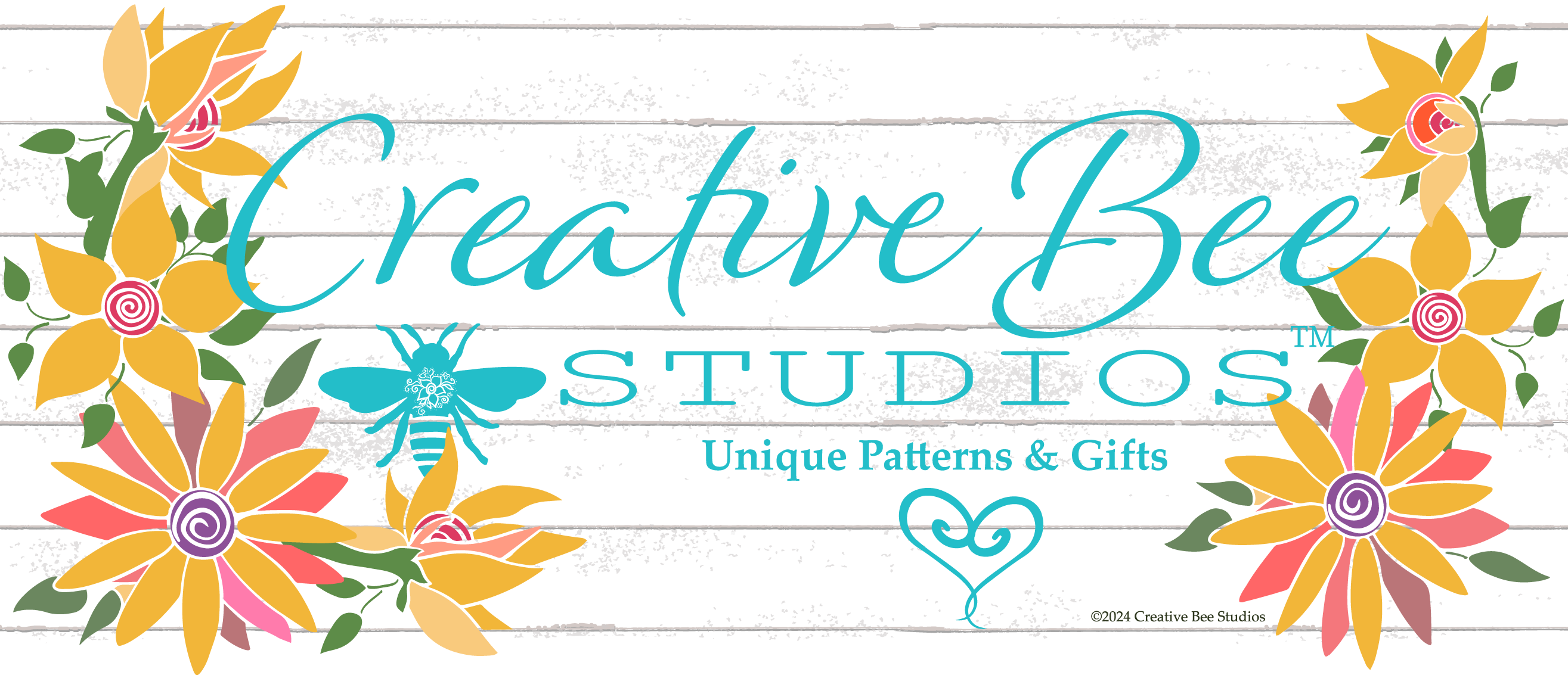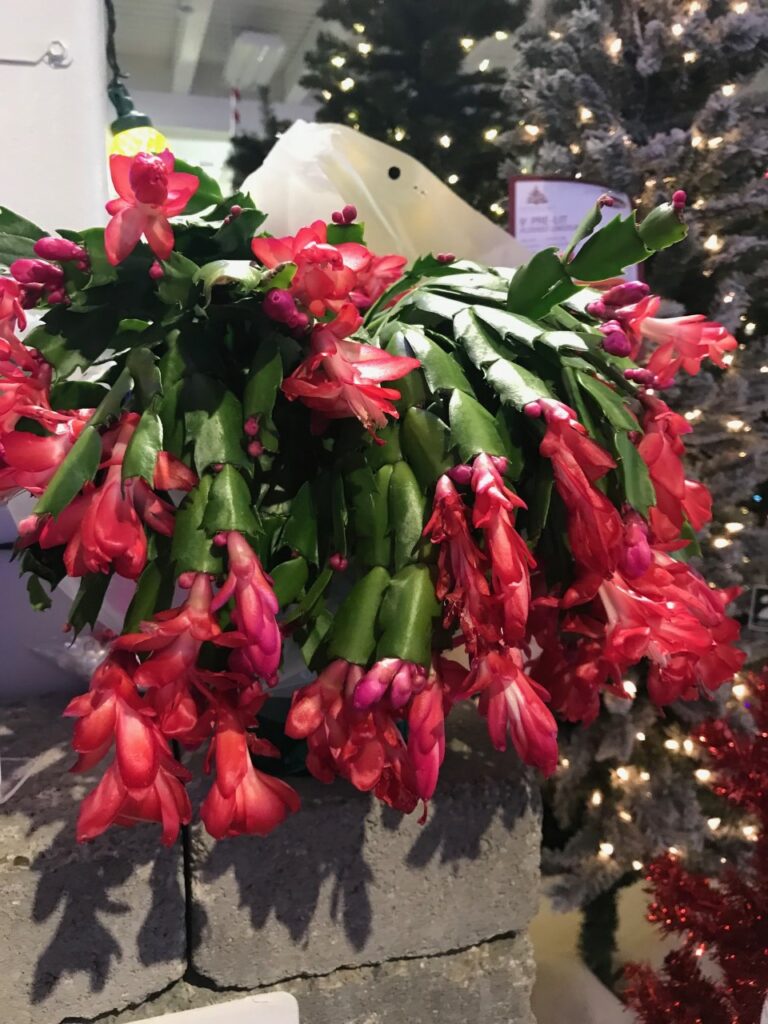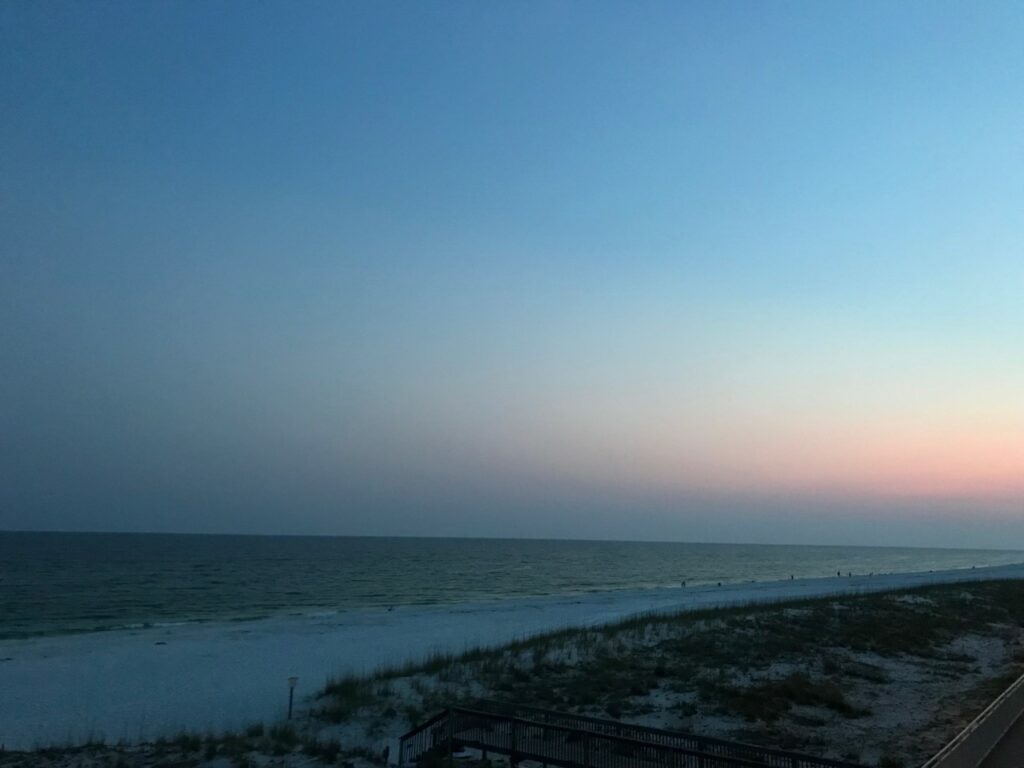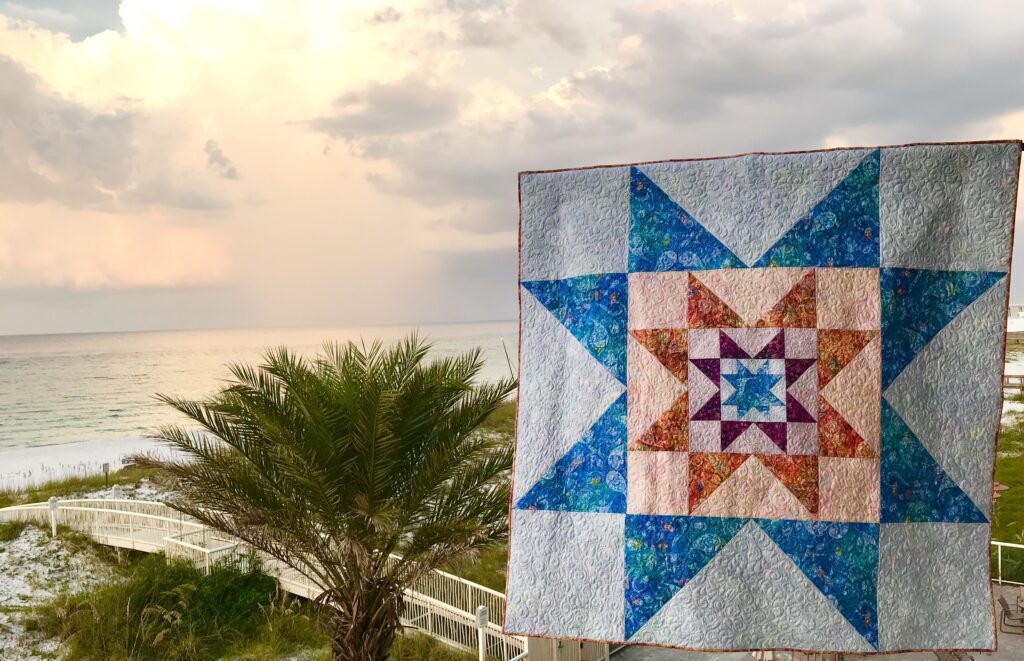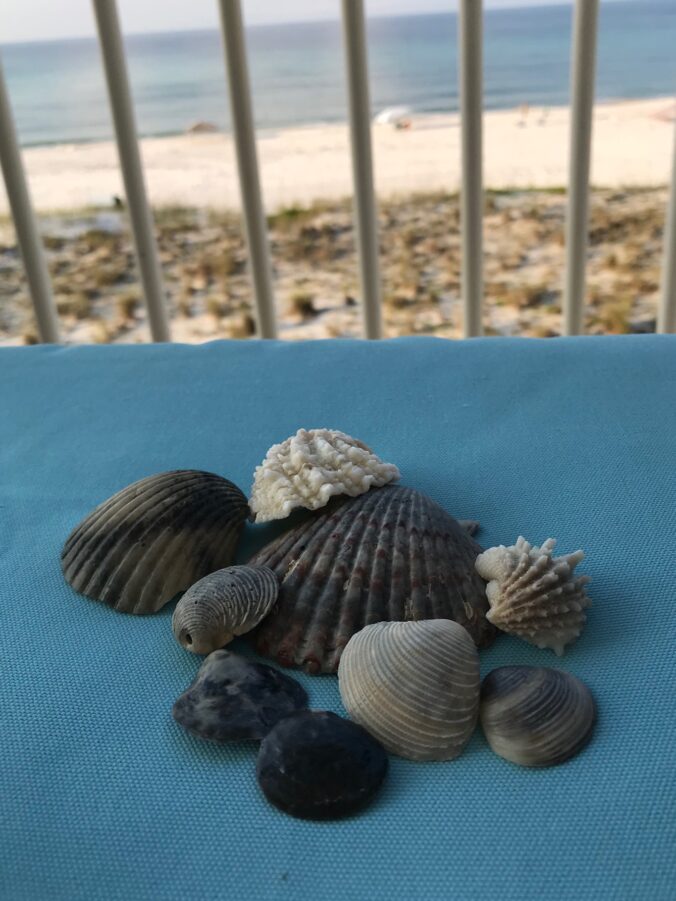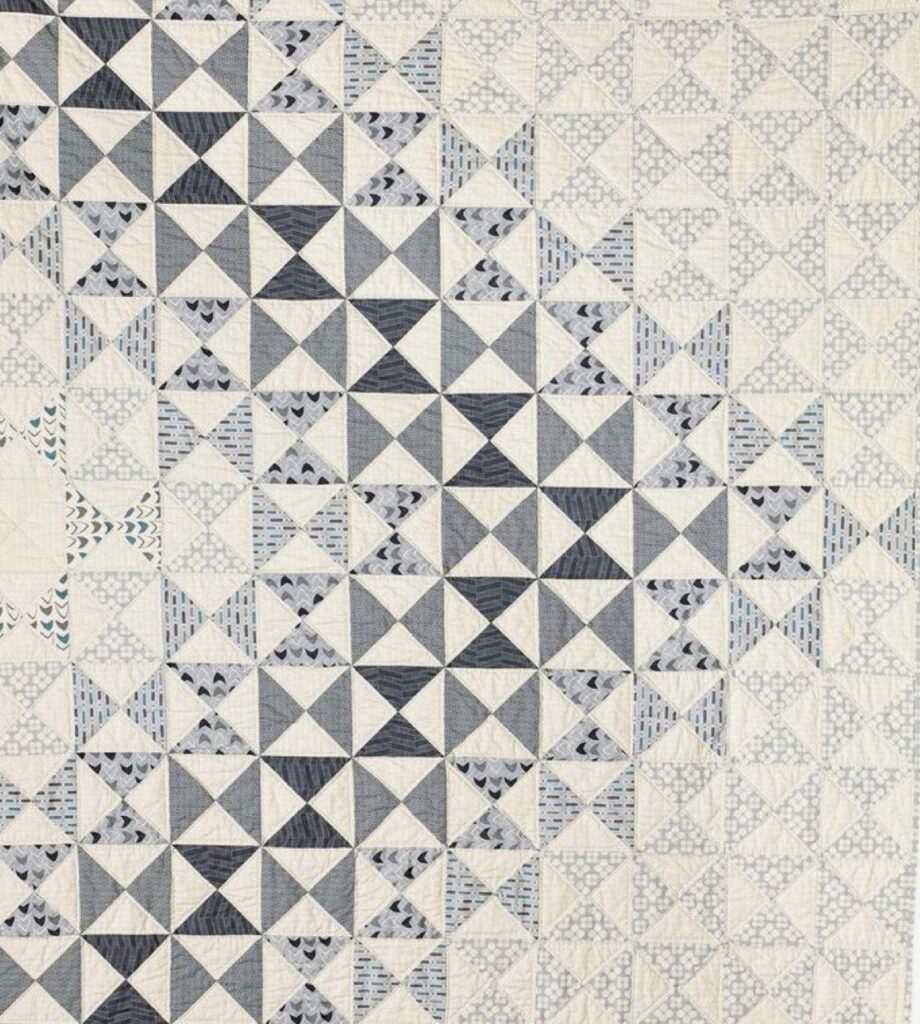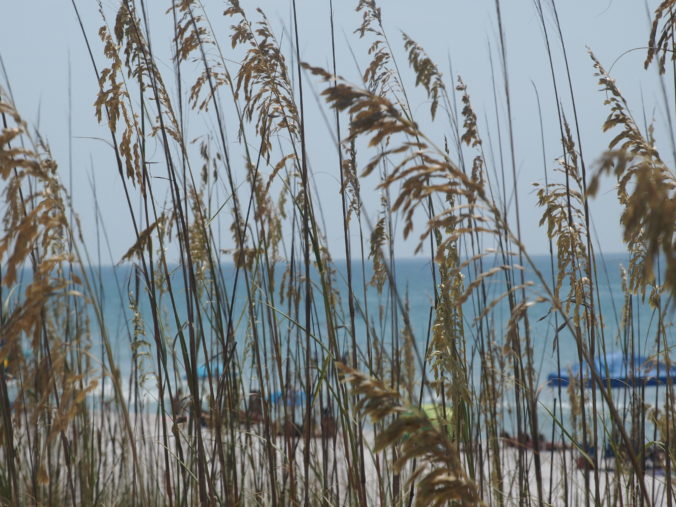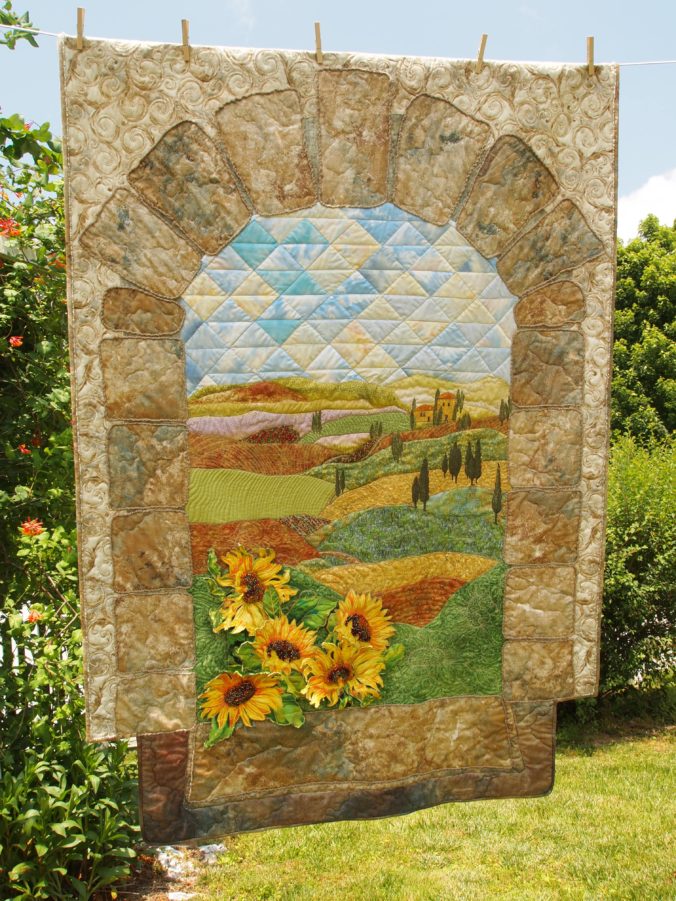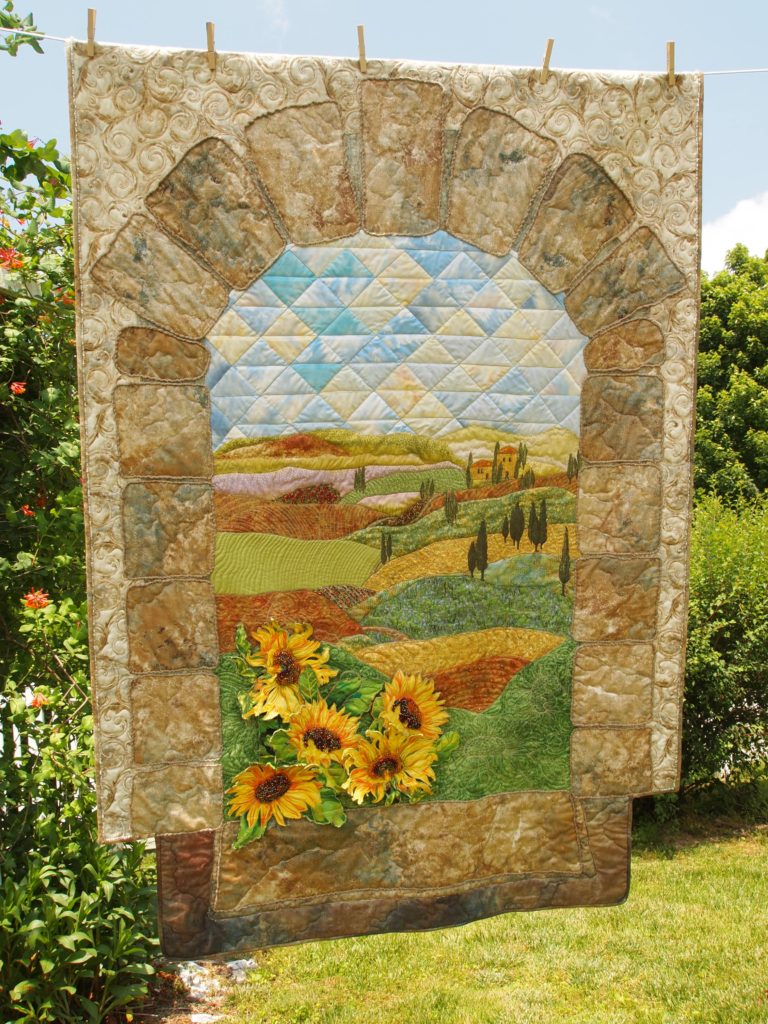The colors of a simple sunrise can inspire a whole quilt palette…
To start, I know I talk a lot about how to use color combinations from nature. (Color is very important to me!)
Naturally, in this post we’ll focus on colors. More specifically, sunrise colors. Below you see two color palettes featuring just five of the beautiful colors in these sunrise photos. If you look carefully you can find many variations within the clouds and shadows.
Now, I just love finding beauty in nature and pondering how to incorporate it into a new quilt. I took these photos years ago (2016) from my back deck.
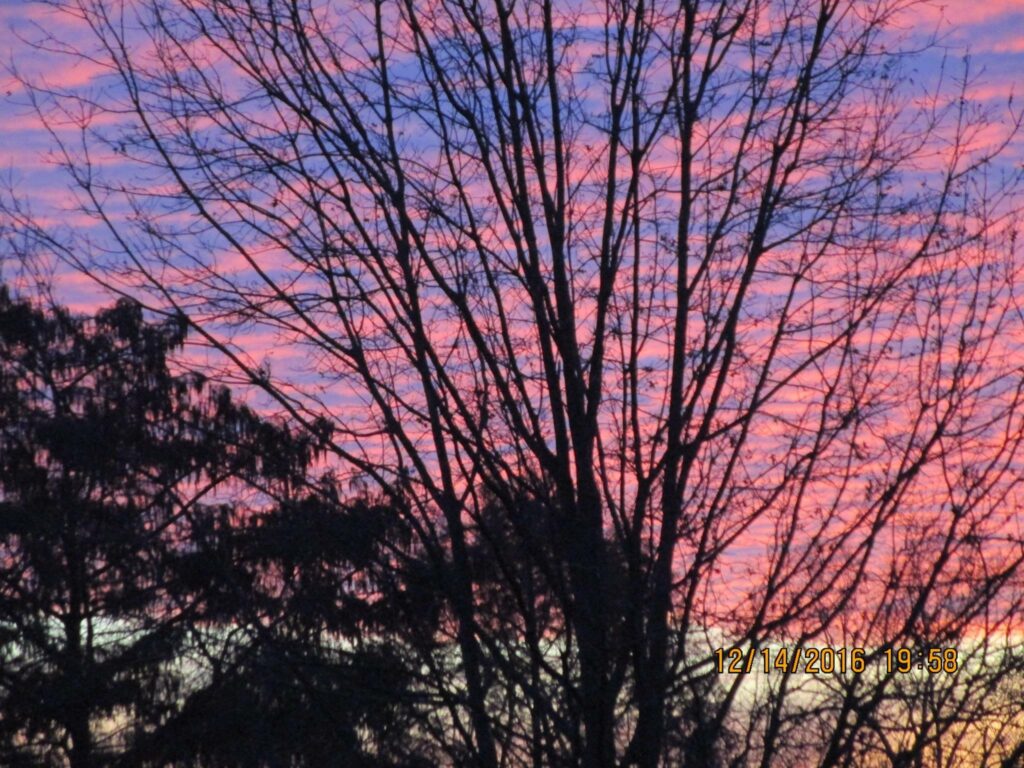
Next, I pulled five colors from the above photo. The colors are very contrasting colors and not ones I would’ve considered on my own. Moreover, the is good contrast in the values. See more on VALUE HERE.

Granted, there are many more colors in these photos than the five I pulled out, but you get the idea…inspiration is all around us – we just have to look!
In the same fashion, I pulled very different colors from the sunrise below. Another day, another sunrise, another quilt palette! Take a look at these brilliant sunrise colors!

How do you choose colors? There are so many options these days for quilters – it can be hard to find time to brainstorm your own ideas if you want to make all the great ideas, kits, and colorways already on the market! Actually, I think that’s what makes quilting such a creative market – there’s something for everyone, every occasion, and time limitation…and…the sky’s not even the limit!
See Nature’s Color Wheel for more examples of using nature for color inspiration.
Take a look at this monochromatic theme inspired by seashells.
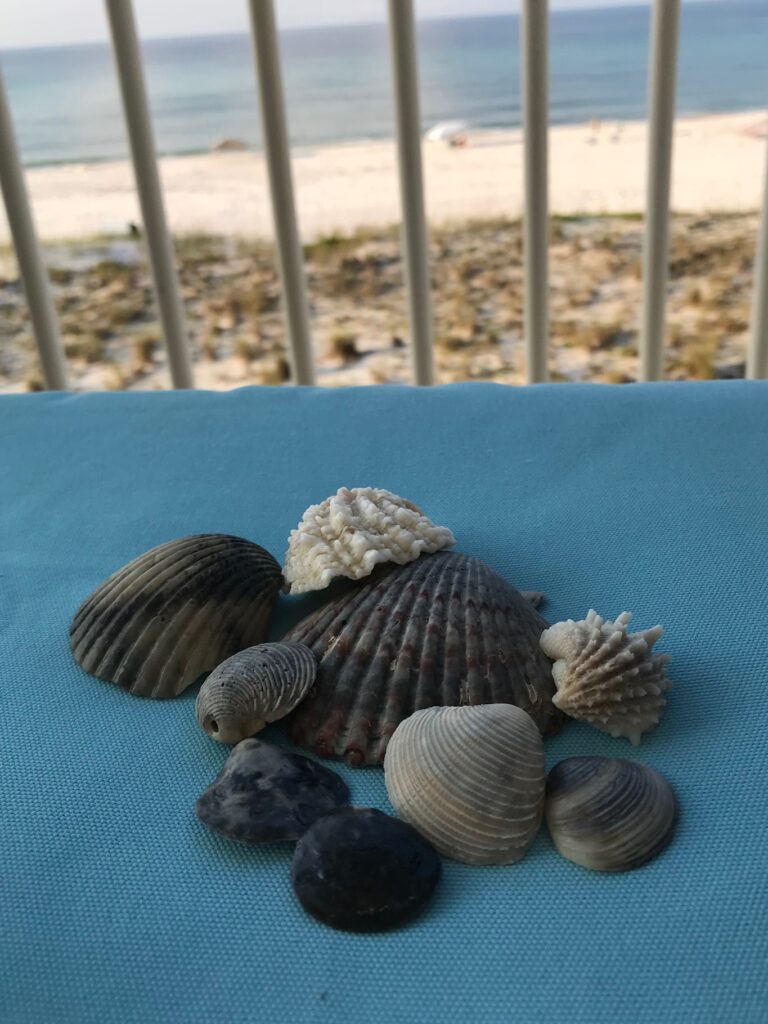
Check out Monochromatic by Nature, inspired by a few sea shells.
Similarly, color palettes for fabric collections can come from nature, too! See Seashore Friends at Spoonflower HERE!
Click the blue SHOP buttons at Creative Bee Studios for quilt patterns and NEW fabrics, home decor, and merchandise!
Finally, I hope you have a great creative quilting day that includes a bit of color-watching in nature!
